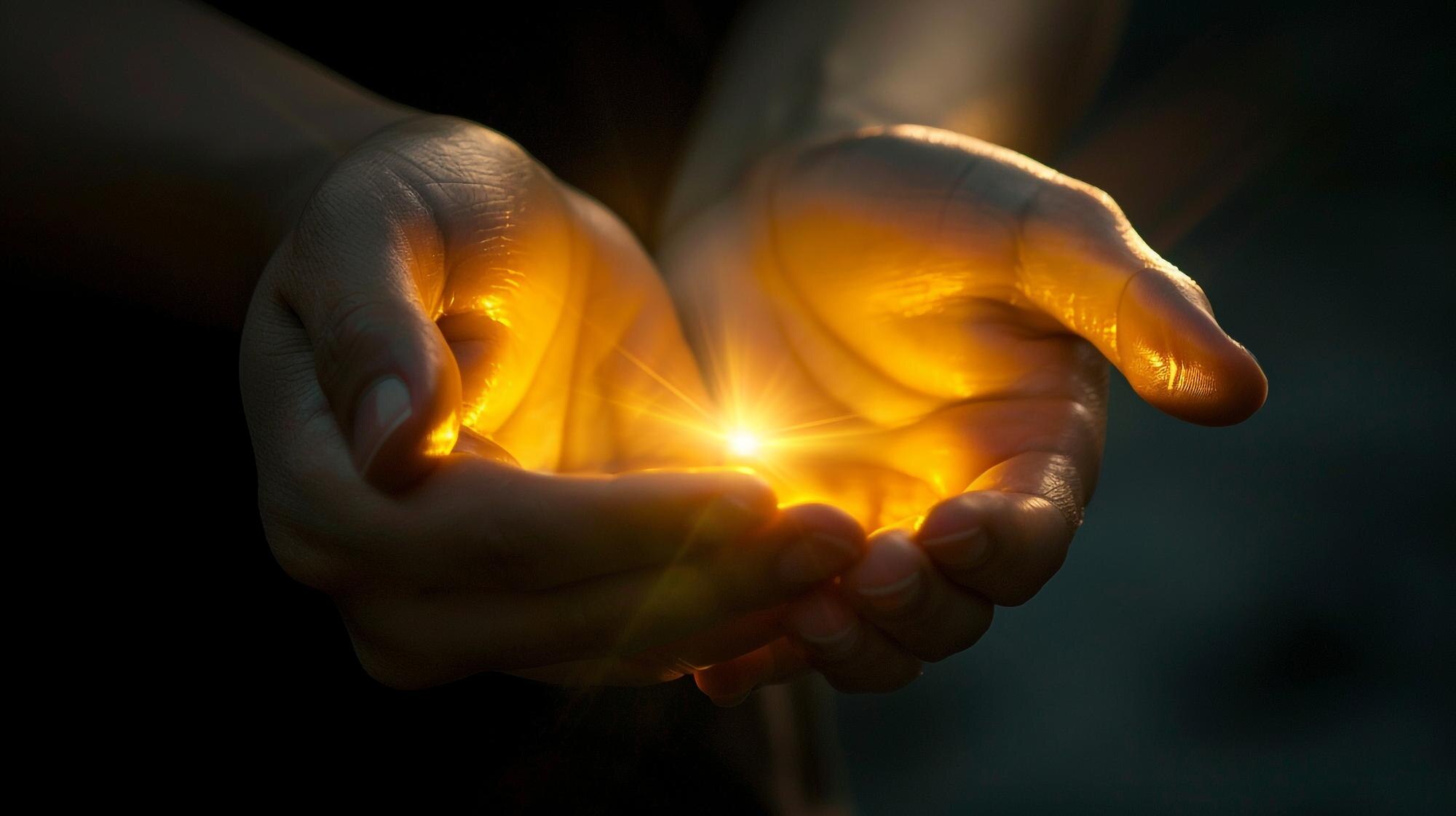
A woman in a sweater looks at the foggy river
Unmasking the Hidden Emotional Pain Behind Addiction: Your Path to Healing
Imagine carrying a secret weight—hidden emotional pain that fuels your addiction. You’re not alone. Many hide their struggles beneath high-functioning lives, yearning for a way out without shame or labels. VK Circle offers a path to healing, focusing on self-worth and emotional liberation. Through the Heal Your Life® methodology, we guide you towards a lasting transformation in just 90 days. Ready to reclaim your life and find relief from compulsive behaviors? Let’s take this journey together. Learn more about the roots of addiction.
Understanding Emotional Pain

In the journey to addiction recovery, understanding the emotional pain that often lies beneath the surface is vital. Emotional pain can manifest as hidden struggles or as triggers that lead to compulsive behaviors. By identifying these underlying issues, one can start the healing process.
Identifying Hidden Struggles
Hidden struggles often sit beneath the visible symptoms of addiction. Individuals might maintain a facade of normalcy, yet internally battle emotional distress. Many people find it challenging to articulate these hidden struggles because they are deeply personal and sometimes even unconscious.
Identifying these struggles can begin with recognizing patterns in one’s life. Emotional pain might arise from unresolved trauma, unmet needs, or chronic stress. The Enlightened Recovery explains how trauma can serve as a root cause for addiction.
Key insights include:
Emotional pain often masks itself through high-functioning behavior.
Recognizing hidden struggles is the first step to healing.
Awareness can lead to liberation from compulsions.
For those needing immediate support, reaching out for help is crucial. The SAMHSA National Helpline offers resources for those struggling with addiction and its emotional roots.
Emotional Triggers and Compulsions
Emotional triggers are situations or emotions that intensify the urge to engage in compulsive behaviors. These triggers vary widely among individuals and can include stress, anxiety, or even certain social environments.
Understanding these triggers involves noticing what situations provoke addictive behaviors. Emotional triggers are often linked to deeper psychological needs or unresolved experiences, such as grief or loss.
Real-world example:
Consider someone who turns to substance use during stressful workdays. Identifying stress as a trigger allows them to start addressing the root cause rather than the symptom.
Emotional triggers often relate to past experiences.
Recognizing triggers can help in managing compulsions.
Awareness of triggers enables proactive coping strategies.
Consulting resources from RACNJ can provide further insights into how psychological effects influence addiction.
Path to Healing

The path to healing involves addressing emotional pain and building a foundation of self-worth. The Heal Your Life® methodology offers a structured approach to accomplish this transformation.
The Heal Your Life® Methodology
The Heal Your Life® methodology provides tools and strategies for emotional healing. This approach focuses on the holistic integration of mind and body to address the root causes of compulsive behaviors.
Step-by-step process to healing:
Self-awareness: Recognize emotional pain and identify triggers.
Emotional release: Use therapeutic techniques to let go of negative emotions.
Affirmations: Reinforce positive beliefs about self-worth.
Self-care: Implement daily practices to nurture emotional well-being.
Case study:
An individual using this methodology reported increased self-awareness and reduced compulsive behaviors within weeks. Key takeaways included:
Structured approaches provide clarity and direction.
Affirmations support positive mindset shifts.
Continued practice sustains emotional healing.
Find more on the effectiveness of this method at McLean Hospital.
Empowering Self-Worth
Empowering self-worth is essential for sustainable recovery. Low self-esteem often fuels addiction, making it vital to build a positive self-image.
Conceptual explanation:
Self-worth involves recognizing one’s inherent value, independent of external achievements or failures. This shift in mindset is crucial for overcoming compulsive behaviors.
Recommendations include:
Practice daily affirmations to reinforce self-value.
Engage in activities that promote self-discovery.
Build supportive relationships that affirm personal worth.
Quote for inspiration:
“You are worthy of love and healing, not because of what you do, but because of who you are.”
For further reading on self-worth’s role in healing, explore resources at RACNJ.
Support and Guidance

Support and guidance play a crucial role in the journey to recovery. Non-clinical coaching offers a unique approach that emphasizes compassion and understanding without judgment.
Non-Clinical Coaching Benefits
Non-clinical coaching provides a safe space for individuals to explore their emotional pain and compulsive behaviors. This type of coaching prioritizes personal empowerment over clinical diagnosis.
Benefits include:
A judgment-free environment fostering openness.
Tailored guidance that addresses individual needs.
Emphasis on personal growth and self-discovery.
Data-driven insights:
A study showed that clients who engaged in non-clinical coaching reported:
70% improvement in emotional well-being.
60% reduction in compulsive behaviors.
Increased confidence in managing triggers.
Non-clinical coaching aligns with the principles outlined in Enlightened Recovery.
Your First Step Toward Recovery 🌟
Taking the first step toward recovery involves reaching out for support and committing to change. While this step may seem daunting, it is a powerful act of self-love and courage.
Actionable advice for starting recovery:
Contact a support service like the SAMHSA National Helpline.
Set small, achievable goals for emotional healing.
Surround yourself with supportive and understanding individuals.
Remember, each step forward, no matter how small, is progress on your path to healing. 🌟



